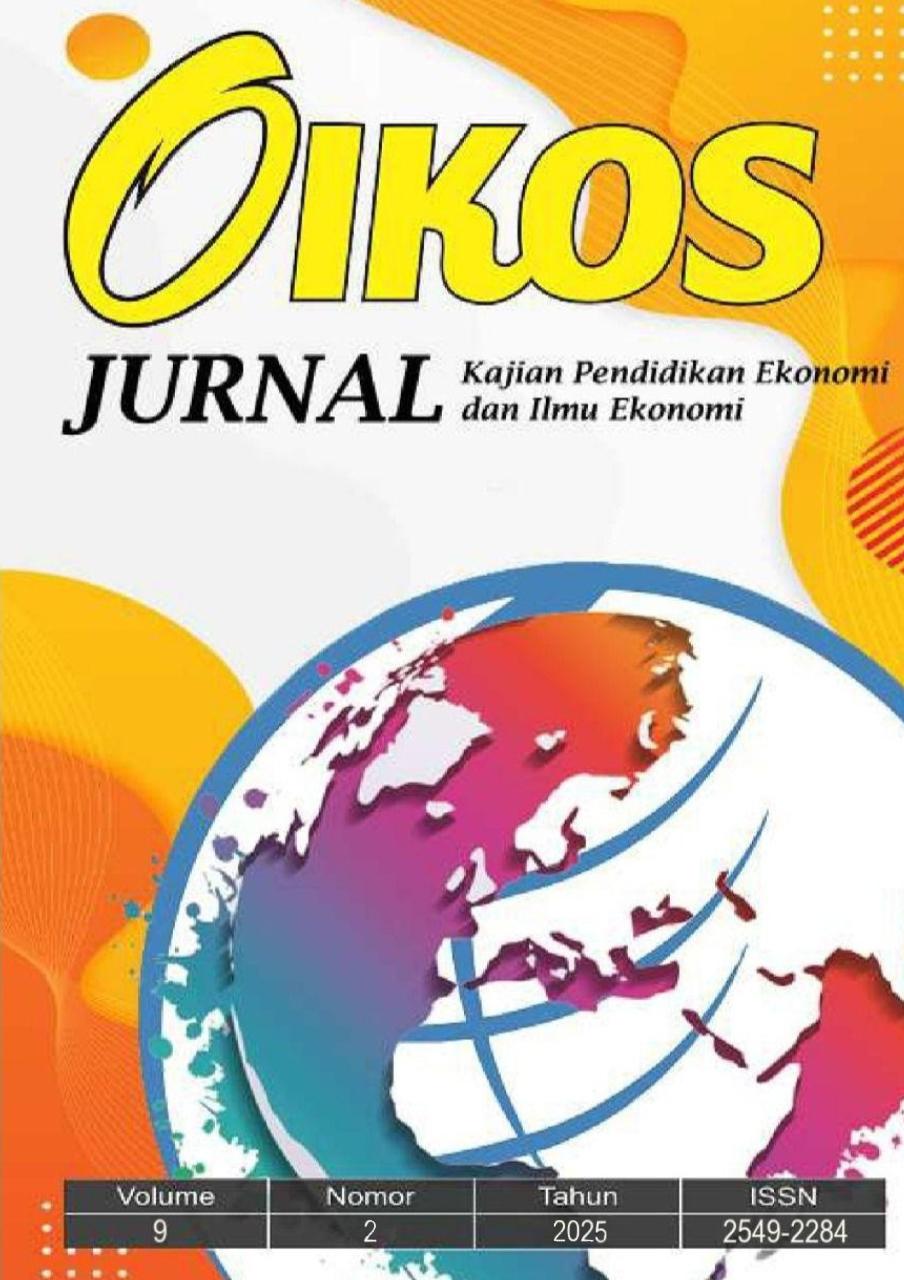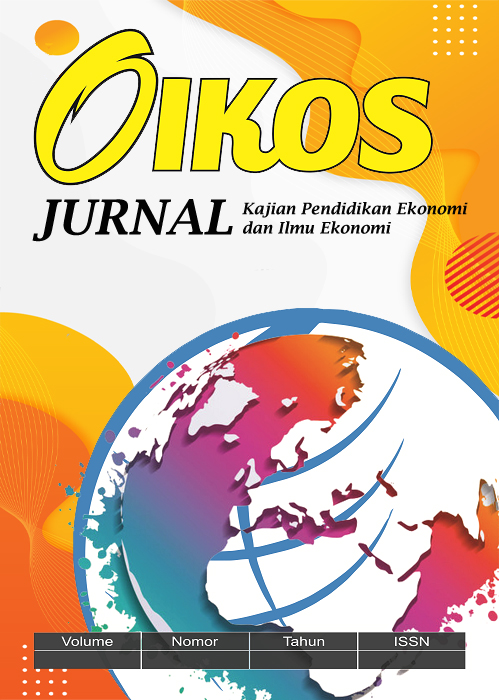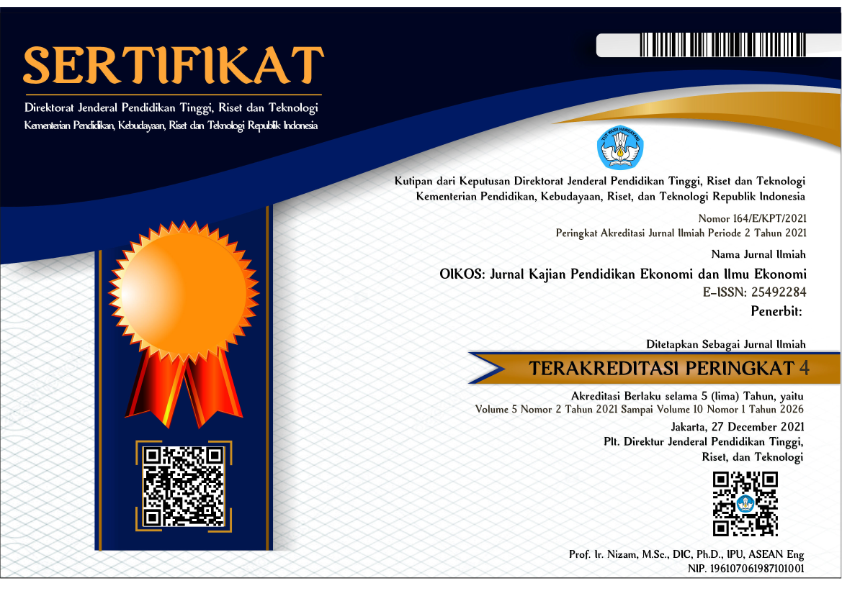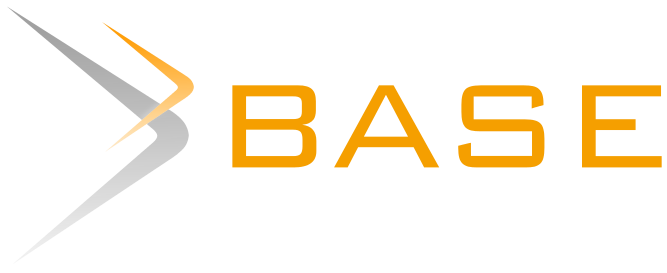An Analysis of Strategies for Enhancing Market Share in the West Java Tissue Industry: A Case Study of PT XYZ
An Analysis of Strategies for Enhancing Market Share in the West Java Tissue Industry: A Case Study of PT XYZ
Keywords:
Business Strategy, Market Share, Tissue Industry, Competitive AdvantageAbstract
PT XYZ, the market leader in West Java's dry tissue industry, faces market share growth stagnation due to intensifying competition and consumer price sensitivity. This study aims to analyze the internal and external factors causing this stagnation and to formulate effective business strategies to enhance PT XYZ's market share and penetration. This research employed a qualitative approach with a case study design focusing on PT XYZ. Data were collected through semi-structured interviews with key management personnel, supported by secondary data. Data were analyzed using VRIO, Porter’s Five Forces, STP, Perceptual Mapping, and Competitor Analysis frameworks, then synthesized through SWOT analysis and the TOWS Matrix. The findings identified the company's main internal strengths (such as production facilities and product quality), weaknesses (value growth stagnation and potential cannibalization), external opportunities (eco-friendly products and distribution gaps), and threats (price sensitivity and competitive pressure). Based on this analysis, key strategies were formulated, including developing innovative eco-friendly products, expanding and optimizing the distribution network, and repositioning brands for specific market segments. The implementation of these strategies is expected to sustainably enhance PT XYZ's competitiveness and market share.
Downloads
References
Afandi, M. N., & Pradekso, T. (2021). Strategi Komunikasi Pemasaran Terpadu Batik Bakaran Juwana Pati dalam Meningkatkan Minat Beli Konsumen. Interaksi Online, 9(2), 1–13.
Barney, J. B. (2001). Is the resource-based "view" a useful perspective for strategic management research? Yes. Academy of Management Review, 26(1), 41–56.
Barney, J. B., & Hesterly, W. S. (2019). Strategic Management and Competitive Advantage: Concepts and Cases (6th ed.). Pearson.
Braun, V., & Clarke, V. (2006). Using thematic analysis in psychology. Qualitative Research in Psychology, 3(2), 77–101. https://doi.org/10.1191/1478088706qp063oa
Creswell, J. W. (2014). Research Design: Qualitative, Quantitative, and Mixed Methods Approaches (4th ed.). Sage Publications.
Ghazinoory, S., Abdi, M., & Azadegan-Mehr, M. (2011). SWOT methodology: A state-of-the-art review for the past, a framework for the future. Journal of Business Economics and Management, 12(1), 24–48. https://doi.org/10.3846/16111699.2011.555358
Grant, R. M. (2021). Contemporary strategy analysis (11th ed.). Wiley.
Handayani, S. R., dkk. (2022). Strategi Pengembangan Bisnis Agroindustri Gula Aren (Studi Kasus di Kabupaten Lebak). Jurnal Agribisnis Indonesia, 10(1), 115–128.
Hitt, M. A., Ireland, R. D., & Hoskisson, R. E. (2015). Strategic Management: Competitiveness & Globalization (11th ed.). Cengage Learning.
Kementerian Perindustrian Republik Indonesia. (2023, November 14). Percepat Target NZE, Kemenperin Dorong Industri Pulp dan Kertas Terapkan Industri Hijau Berkelanjutan. Diakses pada 21/05/2025, dari https://www.agricom.id/news/2749/percepat-target-nze--kemenperin-dorong-industri-pulp-dan-kertas-terapkan-industri-hijau-berkelanjutan
Kim, W. C., & Mauborgne, R. (2005). Blue ocean strategy: How to create uncontested market space and make the competition irrelevant. Harvard Business School Press.
Peng, M. W. (2001). The resource-based view and international business. Journal of Management, 27(6), 803–829.
Permana, I. S., Ngiliyun, A., & Ahmad Subagia, H. (2023). UPAYA MENINGKATKAN ETIKA BERMEDIA DIGITAL BAGI SISWA DI SMP PGRI KARANGAMPEL. ADIMA Jurnal Awatara Pengabdian Kepada Masyarakat, 1(1), 25–30. https://doi.org/10.61434/adima.v1i1.133
Porter, M. E. (1985). Competitive Advantage: Creating and Sustaining Superior Performance. Free Press.
Porter, M. E. (2008). The five competitive forces that shape strategy. Harvard Business Review, 86(1), 78–93.
Pramudita, A. A. G. A., & Sukaatmadja, I. P. G. (2019). Strategi Pemasaran Produk Kerajinan Logam UD. Kamasan Bali Menggunakan Metode SWOT dan Matriks TOWS. E-Jurnal Manajemen Universitas Udayana, 8(7), 4511–4541.
Rachmawati, D., & Hidayat, W. (2021). Strategi Peningkatan Daya Saing UMKM Batik Gedog Tuban Melalui Pemanfaatan Sumber Daya Unik. Jurnal Riset Entrepreneurship, 4(1), 25–34.
Setiawan, B., & Najib, M. (2020). Strategi Peningkatan Daya Saing Produk Hortikultura Unggulan Indonesia di Pasar Global. Jurnal Manajemen & Agribisnis, 17(1), 79–90.
Weihrich, H. (1982). The TOWS Matrix—A Tool for Situational Analysis. Long Range Planning, 15(2), 54–66. https://doi.org/10.1016/0024-6301(82)90120-0
Widyasari, I., & Kaltum, U. (2020). Analisis Daya Saing Industri Kreatif Fesyen Muslim Kota Bandung Menggunakan Porter’s Diamond Model dan Five Forces Model. Jurnal Riset Bisnis dan Investasi, 6(2), 71–84.
World Population Review. (2024). Indonesia Population 2025. Diakses pada 21/05/2025, dari https://worldpopulationreview.com/countries/indonesia
Downloads
Published
Issue
Section
License
Copyright (c) 2025 OIKOS: Jurnal Kajian Pendidikan Ekonomi dan Ilmu Ekonomi

This work is licensed under a Creative Commons Attribution 4.0 International License.









